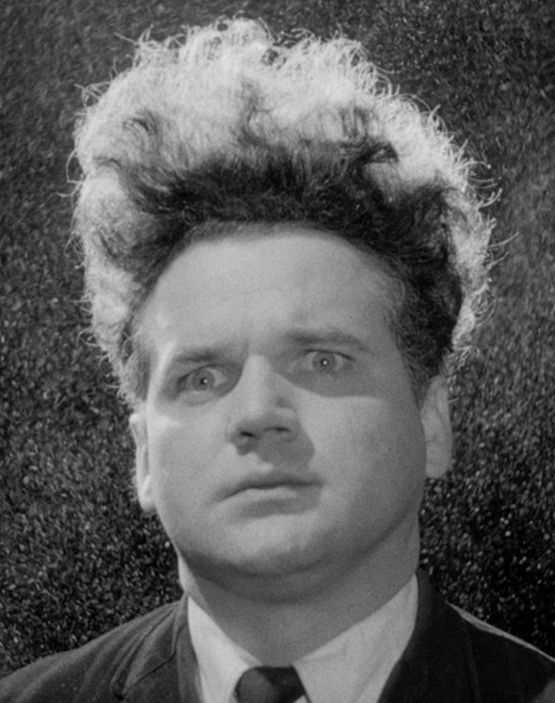I feel like the real problem isn’t Lithium-Ion batteries, but specifically non-removable Li-ion batteries. With some devices, non-removable isn’t as huge of a deal, but with other items such as headphones, mice, and gamepads, I’d rather have AA batteries than non-removable Li-ion. In the event that a battery dies while using the device, having to tether yourself sucks. Whereas taking 2 seconds to swap the battery is simple and quick.
Now, the best of both worlds is just a removable Li-Ion battery. That way you can charge overnight, and just swap to another battery when it unexpectedly dies. My headset does that and I love it. Similarly, I used to have that with my LG G4 and it was amazing. This combo yields the best convenience and is best for the environment as you don’t need to recycle as many batteries or replace the whole product when the non-removable battery starts dying too quickly.
It’s criminal that companies are allowed to release products with sealed Lithium-ion batteries. Like… even excluding the benefit of hot-swapping them for better uptime, extending the product’s life with replacement, and limiting the proprietary shapes… old Lithium-ion batteries swell and explode. So why are we putting them into the core of our products with no way to see the health and remove them?
It’ll soon be illegal in the EU. If I remember correctly, all handhelds need to have removable batteries.
It’s like I cursed myself. THE DAY AFTER posting this I found out that the enclosed battery in my phone is swelling, and I have no method to remove it.
Very important use case as well. Safety.
That’s hopefully also something new battery tech will fix in the future, like solid state batteries.
But there’s probably still a few years before those are cheap enough to put in reasonable priced phones.
This is basically just a rant from a person who is bad at remembering to charge things.
I disgree. I have plenty of items around the house that I might only need a few times per year where a standard alkaline or NiMH cell is ideal because I can pop one in when I need it. If the Li-on cell discharges when I don’t use it for a period of time then it may not charge anymore and the device is now garbage.
Lithium ion cells do not have high self discharge rates nor do they suffer from the memory effect. I’ve left 18650s charged for years and they work fine, ditto for 14500 (AA sized lithium ion). Sure, they lose some charge, but there’s still plenty of capacity even after sitting for a long time. Can’t say I’ve ever been disappointed with the various flavors of lithium cells, but NiMH was pretty bad until Eneloops came around. Alkaline is still my go to for remotes.
You’re also not going to encounter many situations where alkaline (1.5v)/NiMH (1.3v) can be swapped with lithium ion (4.2v). Certain flashlights are the only things I’ve got where you can swap 1.5v and 4.2v and that’s because they’ve got the circuitry to handle that.
NiCd and NiMH batteries die when left in slow drain devices as the first cell to go empty starts to be reverse charged. These die and often leak pretty fast and you see that all the time if you repair old devices.
Li packs don’t go empty as the battery protection circuit cuts the slow drain when they reach low water voltage. They are revived when the protection mode charge reaches low water mark again. They’ll be fine unless you leave them for years and years. Even then they generally never leak.
That isn’t really true though, any vampire currents or leaving it only partially charged can leave it in a state where it reaches the cutoff voltage when you aren’t using it. Then self-discharge takes it under the limit of the charging circuit and the device never works again.
With a device that can run off AA or AAA cells, you can use NiMH (NiCd has zero place today) and remove the batteries when you are done and put them back in the pool of other cells you use. By the nature of Li-ion, as soon as that cell is made it has a limited lifetime until it no longer works just due to reactions that happen within the cell, which means any infrequently used item that might last for decades otherwise now has a lifetime of maybe 5-10 years.
The EU is making non-removeable batteries kindda illegal for new devices from 2027.
Did DURACELL marketing intern write this? Seems like a propaganda. It’s not like you can’t buy alternatives for each mentioned product with reputable batteries
I’m keeping a mumber of my first generation Eneloops around. Around 10% of the ones I bought in the 2010s died, the others are still duing duty in my TV remote control etc.
The ones that died mostly died because of staying in a moving box for around 6 years or so after I divorced and forgot about them.
So I’m amazed how many of them just keep working.
I knew this was Ian Bogost before I clicked the link.
I want to brag that my headlamp has the best of two worlds.
It has an 18650-cell that recharges through a USB-c port. I have a few cells ready to go in case I don’t care too wait for it to charge.
Problem solved.





